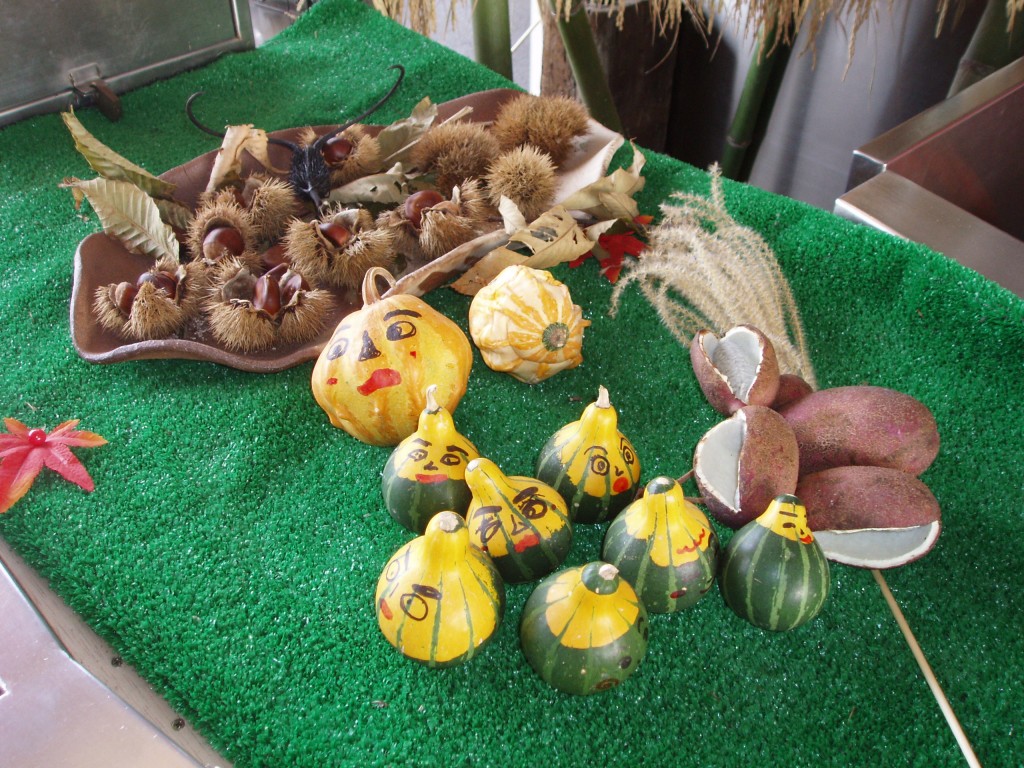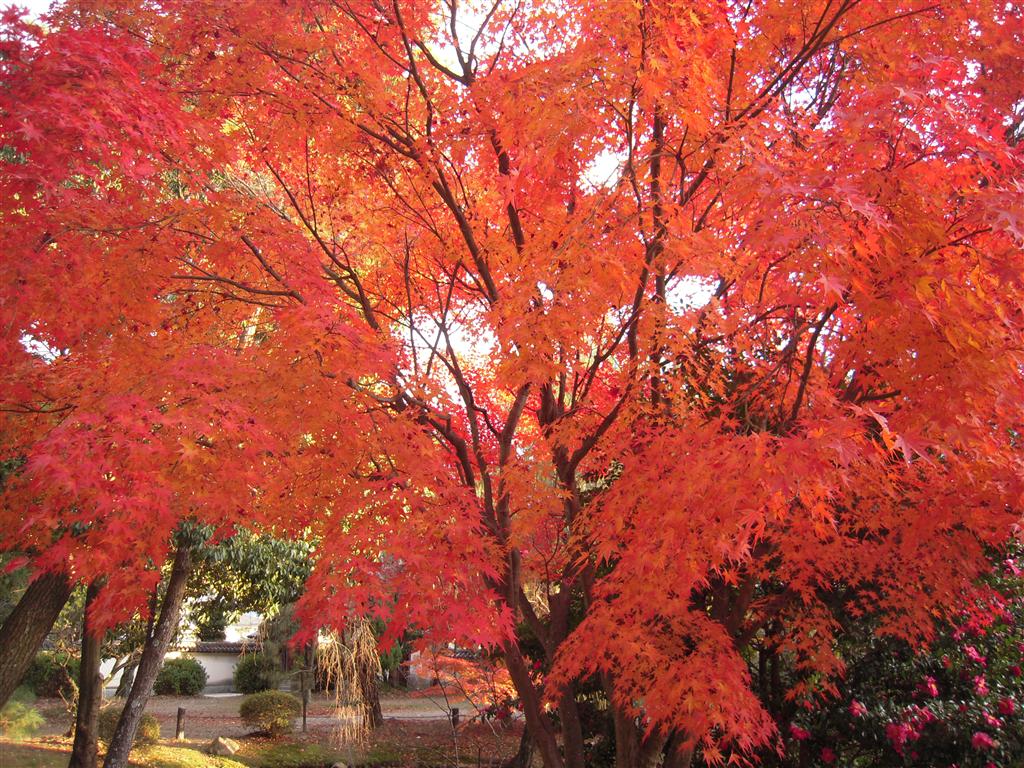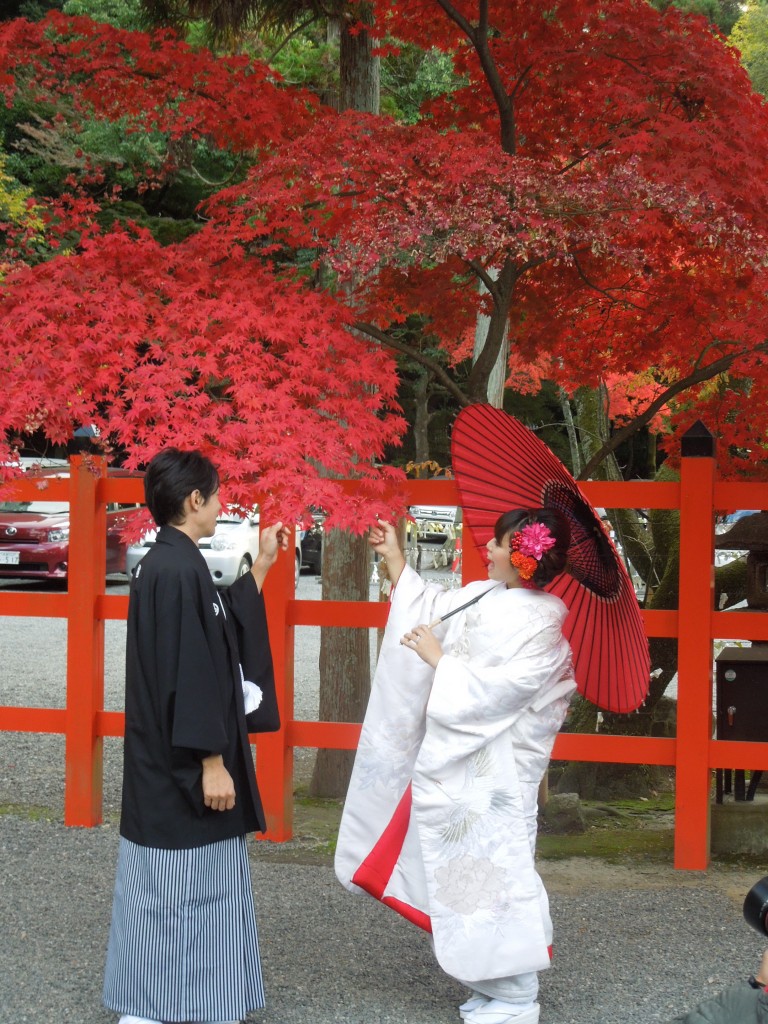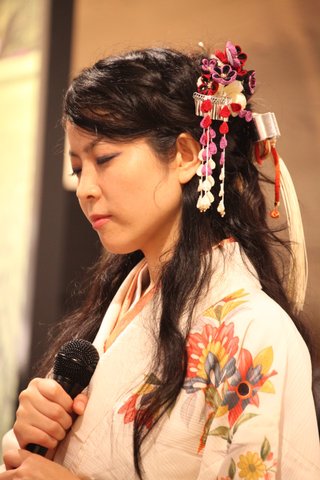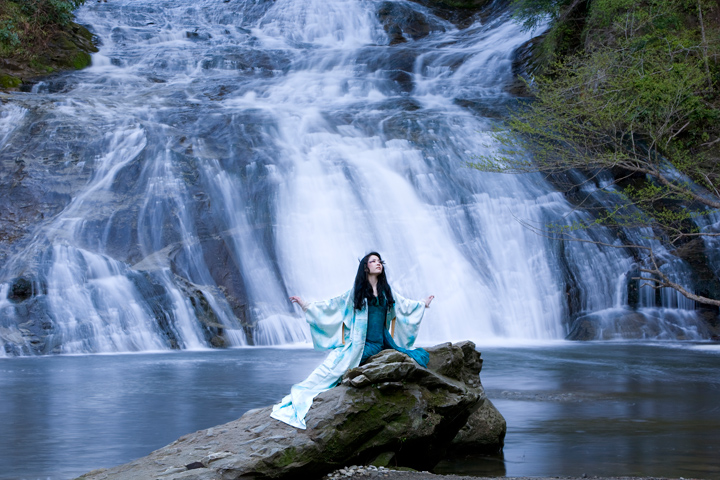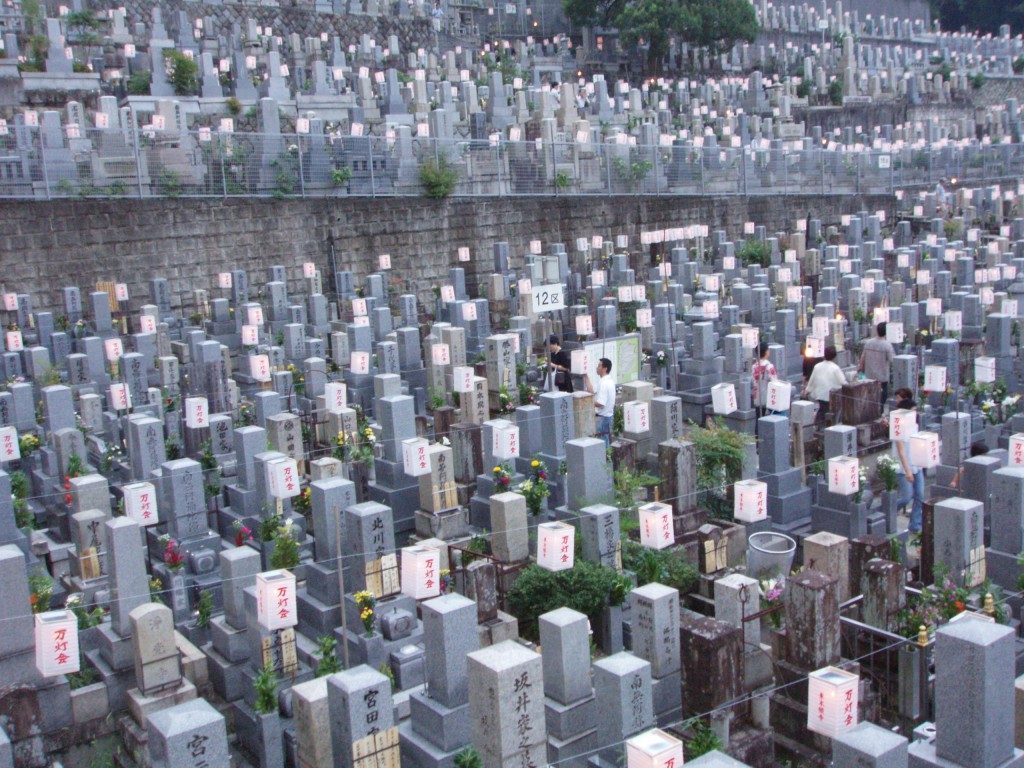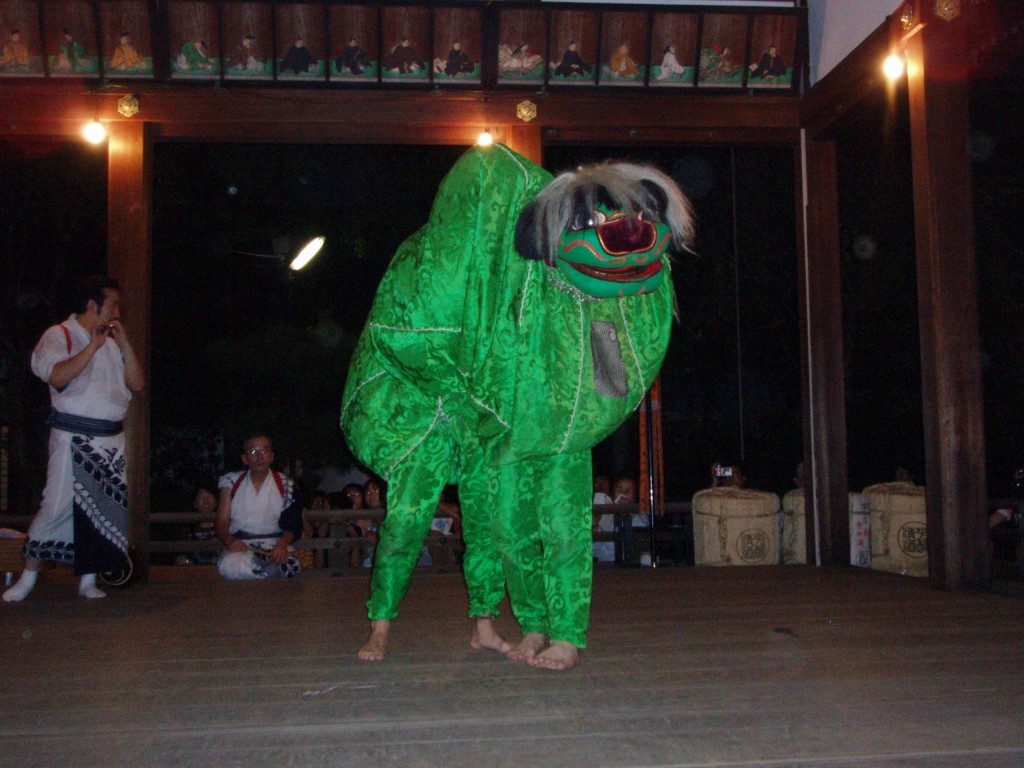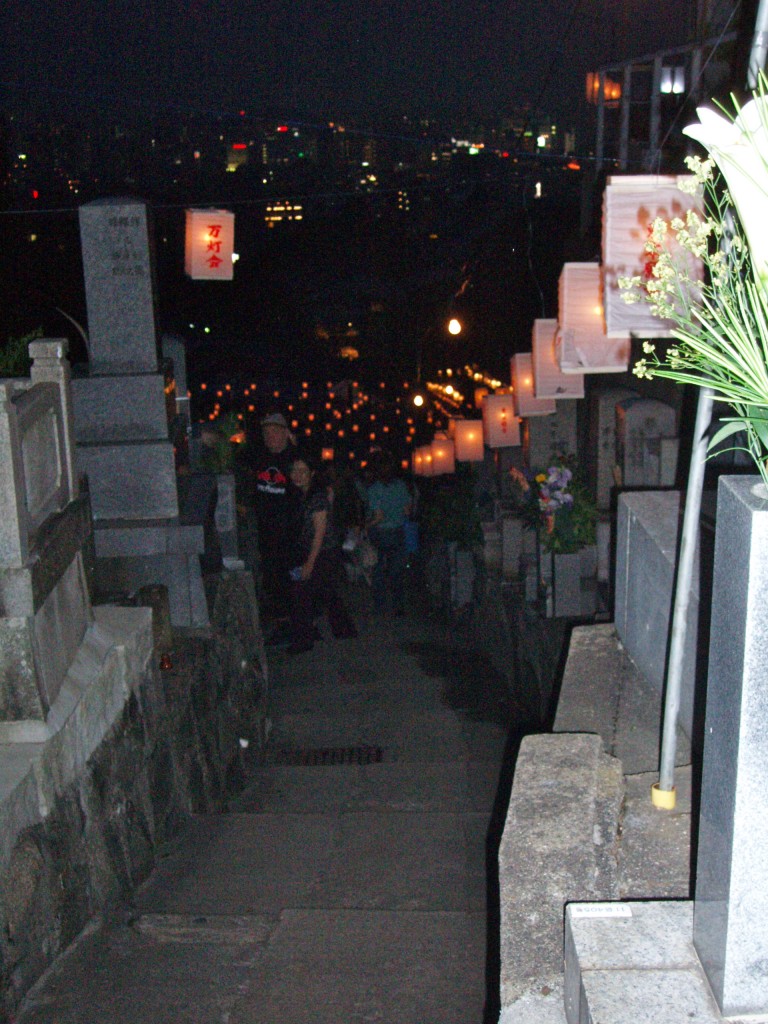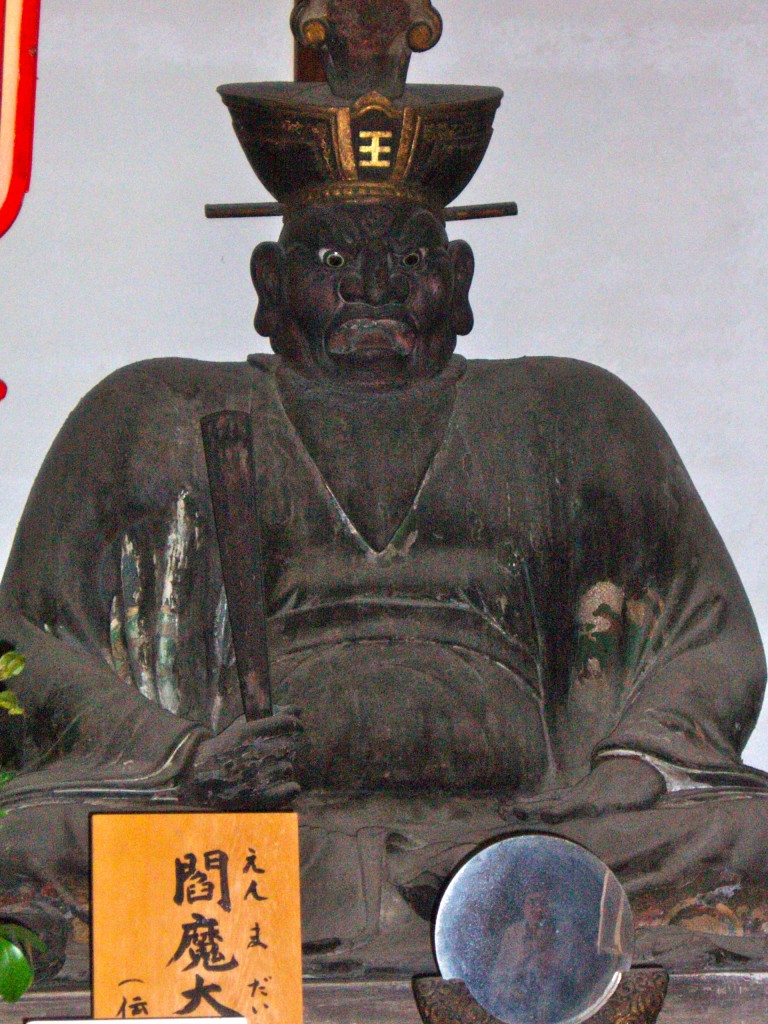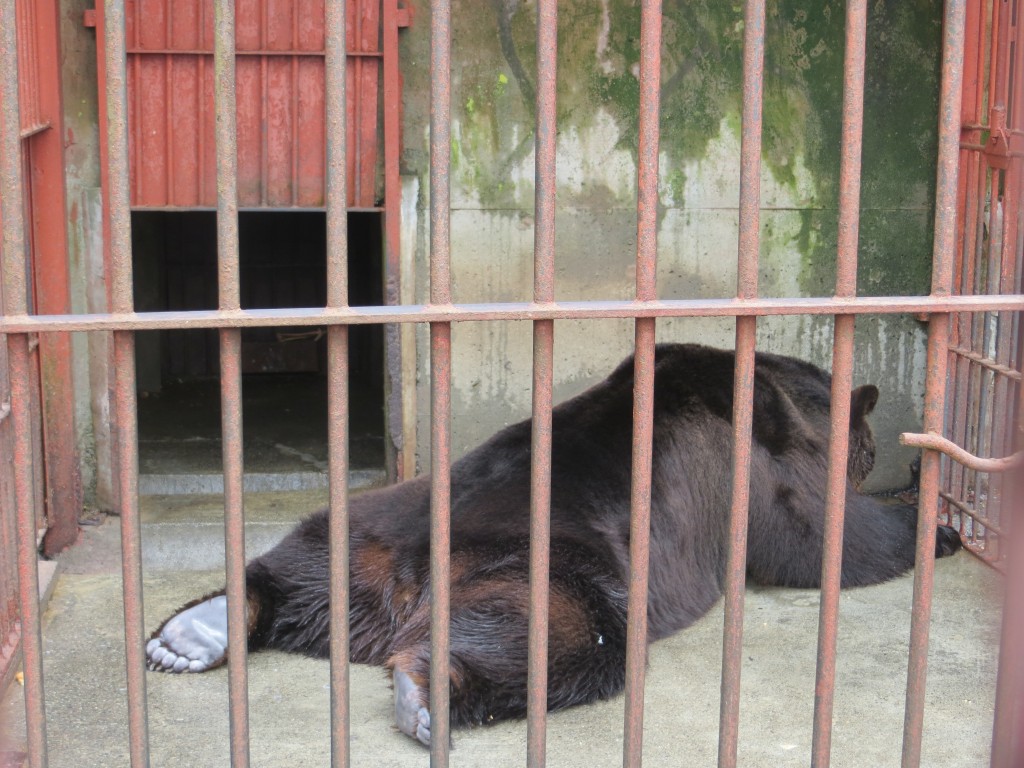
One of the distressed bears at the Ainu Museum in Hokkaido
The following piece comes from Green Shinto reader, Jann Williams. As a professor of Ecology, she has expertise in environmental matters and a concern with the welfare of animals. Given the deep spirituality of the Ainu, it’s highly unfortunate to say the least that bears should be mistreated in their name. Green Shinto has no hesitation in giving its backing to this campaign and has written to the museum in question to ask them to improve the conditions of the animals.
****************************************************
The Bear Goddess beckons
In May 2014 my husband and I visited Hokkaido, starting our visit in Daisetsuzan National Park and finishing in Hakodate. As experienced ecologists with a keen interest in Indigenous cultures, the Ainu Museum in Shiraoi was high on our list of places to visit. We were impressed that a Museum of Indigenous Culture had been built in Japan, and we were attracted by the opportunity to learn more about the intimate connections between Ainu and their environment.
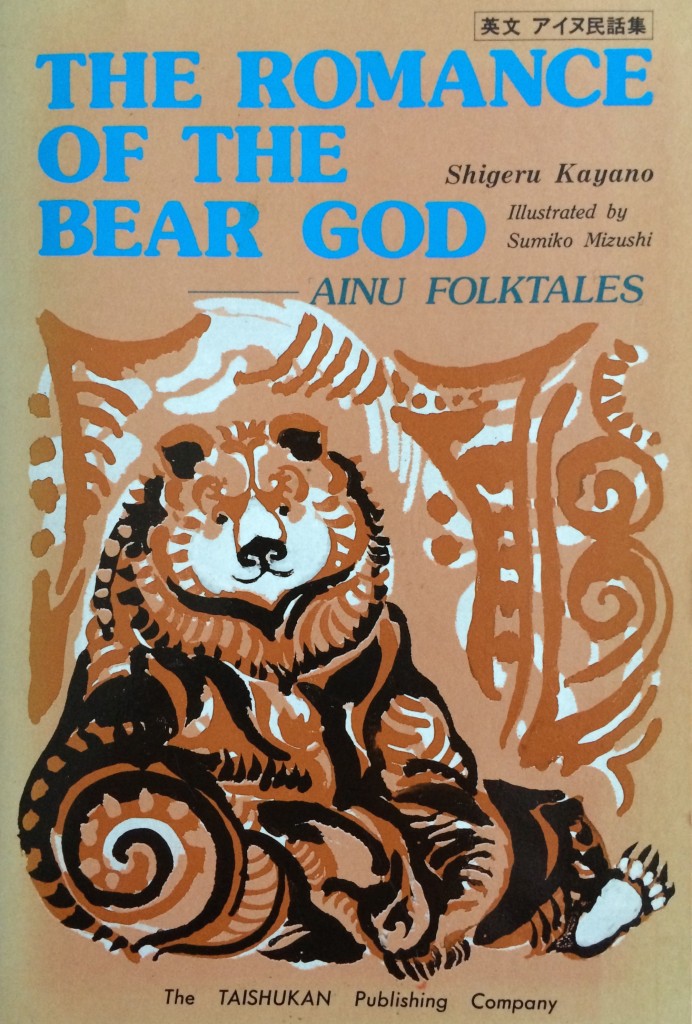
The Museum has some interesting and informative exhibits describing and demonstrating the Ainu religion and associated way of life. We were both very surprised however by the way the Hokkaido bears and dogs at the Museum were treated. It ruined what would have been an enjoyable and educative experience. The Great Bear Goddess is the highest of the gods worshipped by the Ainu, so it was distressing to see these majestic animals being kept in very small cages with a concrete base.
The conditions the bears are kept in at the Museum are inimical to their mental and physical health. The bears had gone ‘stir crazy’, having no energy and demonstrating disturbing repetitive actions. Technically this is known as ‘stereotypic behaviour’ and is a common occurrence in animals kept in captivity in inadequate conditions.
In August I posted a comment, along similar lines, on Green Shinto, in response to an article about the Ainu. Since posting the comment, I have written to the Ainu Museum about my concern over the treatment of these majestic animals. As a Professor of Ecology, and past President of the Ecological Society of Australia, I am hoping that that my voice may carry some weight.
Other international visitors have expressed concern about the condition of the bears. Of the reviews of the Museum on TripAdvisor, over 70% of visitors from western countries refer to the unacceptable treatment of these animals. Using their words, the reviewers call attention to “distasteful animal abuse”, “unnecessary animal torture” and “cruelty towards the bears”.
Since my earlier post on Green Shinto, the Japanese Animal Welfare Society was also approached to conduct an inspection of the facilities at the Museum and of the treatment of the bears. To my disappointment they reported that the conditions the bears are kept in are considered ‘legitimate’ according to Japanese law.
 So what to do next? Changing the laws to meet international standards is required, that is clear. Even if these sub-standard conditions currently meet the letter of the law, it saddened me that Ainu consider this a respectful way to treat the bears. This was unexpected for an Indigenous people with strong spiritual connections with nature. Judging from some of the posts and comments on Green Shinto, it may reflect a broader Japanese attitude towards animals. Changing these attitudes and associated behaviour will take time and require cultural understanding.
So what to do next? Changing the laws to meet international standards is required, that is clear. Even if these sub-standard conditions currently meet the letter of the law, it saddened me that Ainu consider this a respectful way to treat the bears. This was unexpected for an Indigenous people with strong spiritual connections with nature. Judging from some of the posts and comments on Green Shinto, it may reflect a broader Japanese attitude towards animals. Changing these attitudes and associated behaviour will take time and require cultural understanding.
I wasn’t sure what more could be achieved as an outsider looking in, but then a friend of mine leant me The Romance of the Bear God – a book of Ainu Folktales by Shigeru Kayano. To me this was a sign that the Great Bear Goddess wanted to reach a wider audience, to let people know about the conditions under which the bears are forced to live, and to find a way to improve them. That spurred me on to write this piece.
It’s been suggested that other readers of Green Shinto might consider sending letters to the Ainu Museum, for the more pressure they receive the more likely they are to improve the conditions of the bears. For those interested, the email address is museum@ainu-museum.or.jp:
Ainu Museum
2-3-4, Shiraoi-cho
Shiraoi-gun, Hokkaido
Japan 059-0902
P: 0144-82-3914. Fax: 0144 82-3685.
Any suggestions for other ideas to help rectify the situation would be appreciated.
Professor Jann Williams
Tasmania, Australia
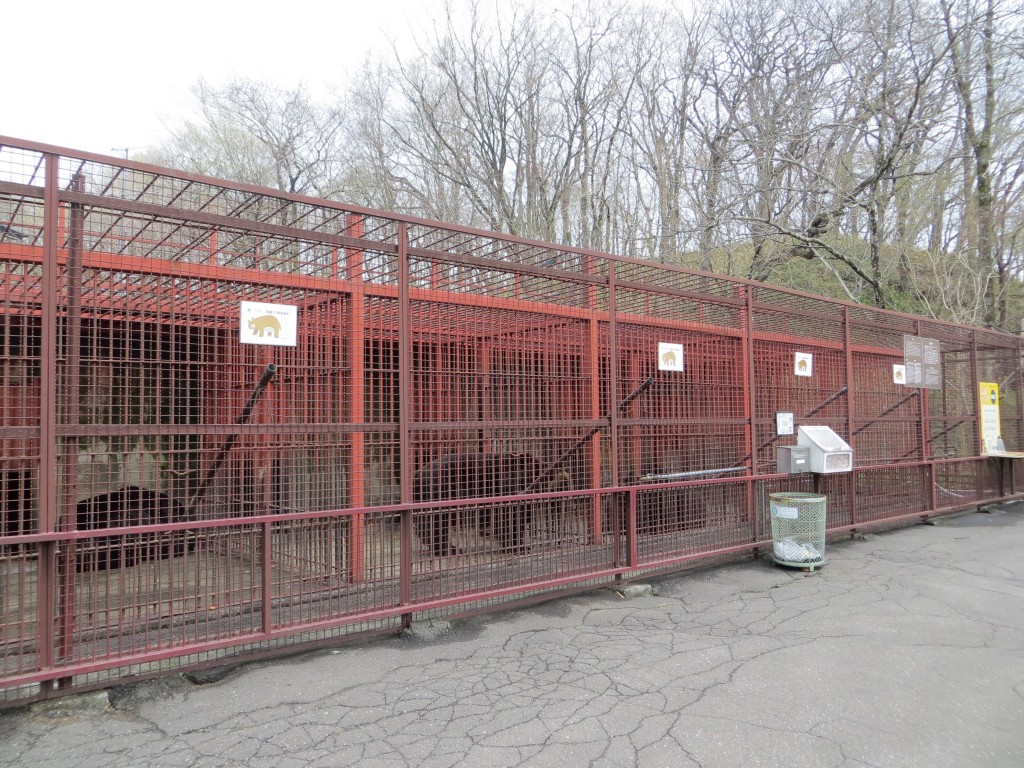
The caged bears which have caused outrage amongst visitors to the museum on Trip Advisor
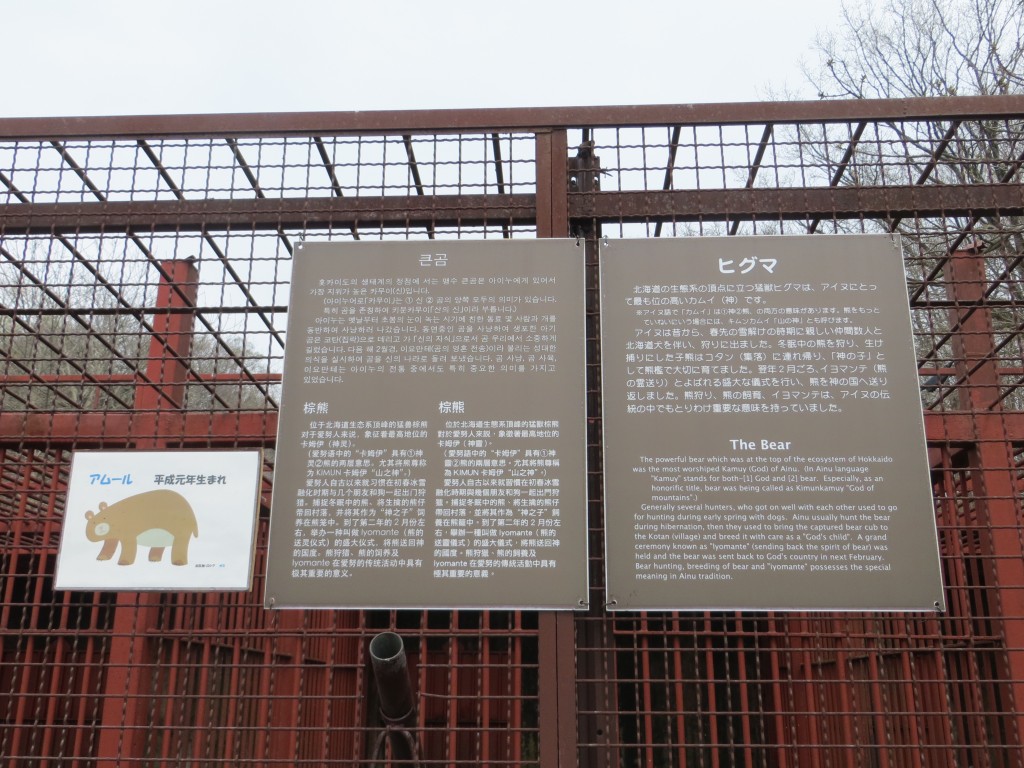
A noticeboard on the cages to explain that the Bear was not only the at the top of the ecosystem in Hokkaido but was the most worshipped Kamuy (deity) of the Ainu. Each spring a captured bear cub was bred with care as 'God's child' in preparation for a grand ceremony known as Iyomante, held to send the spirit of the bear back to The Bear Goddess.
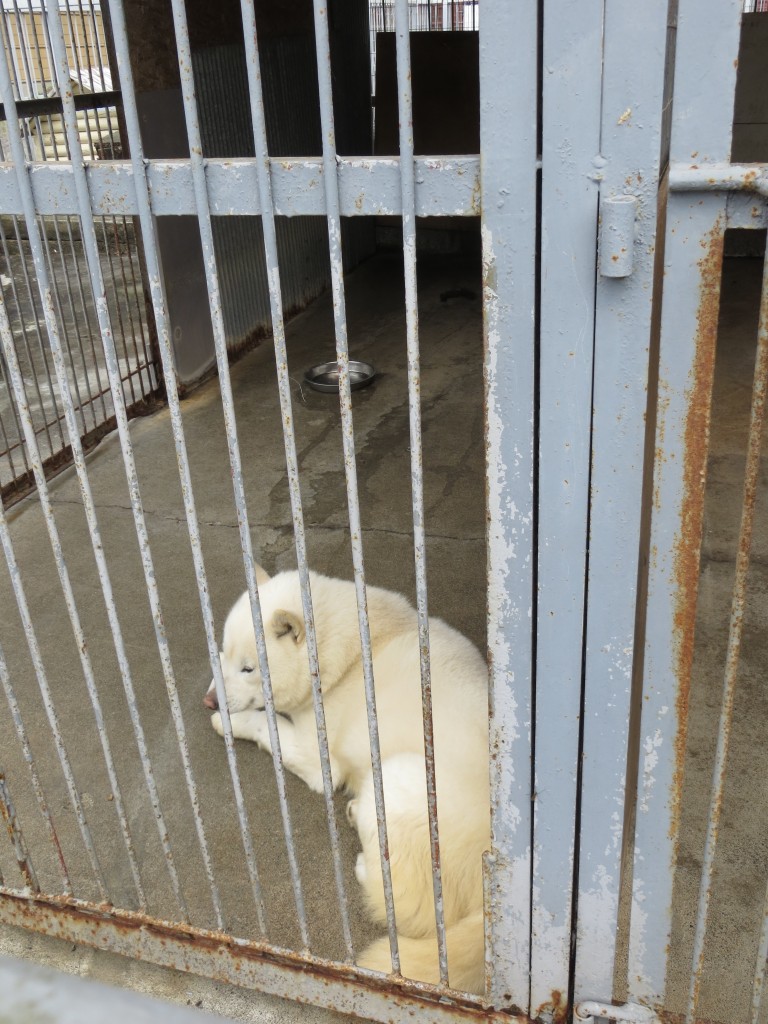
Dogs kept in concrete cages – symptomatic of a special relationship with nature?

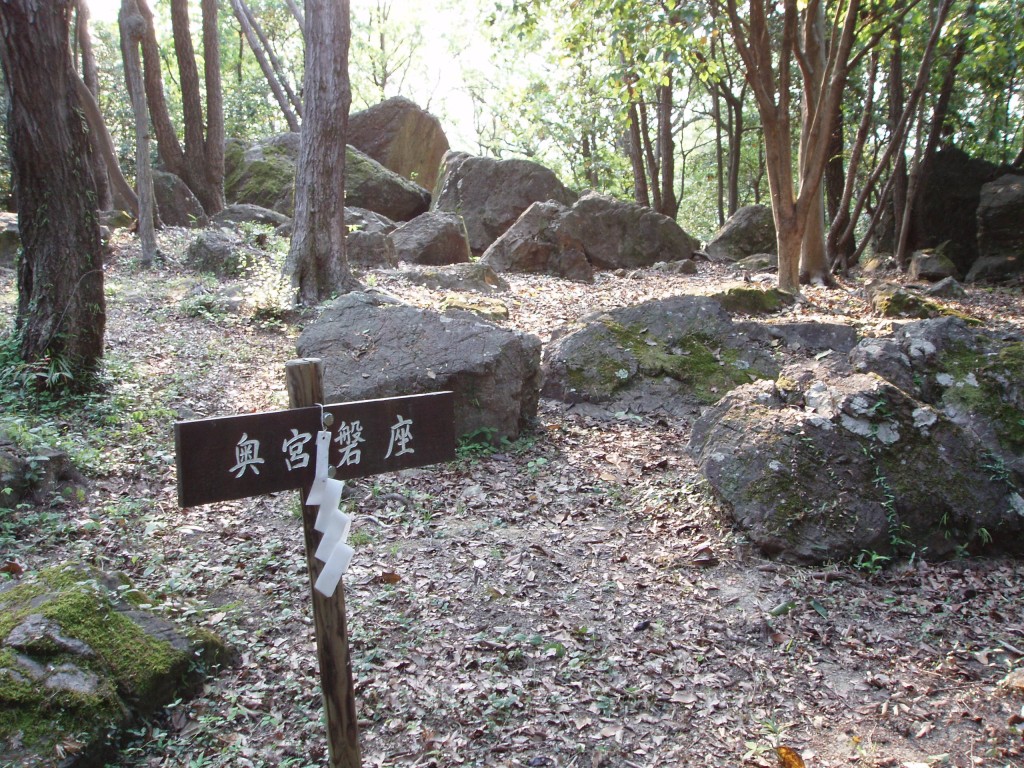
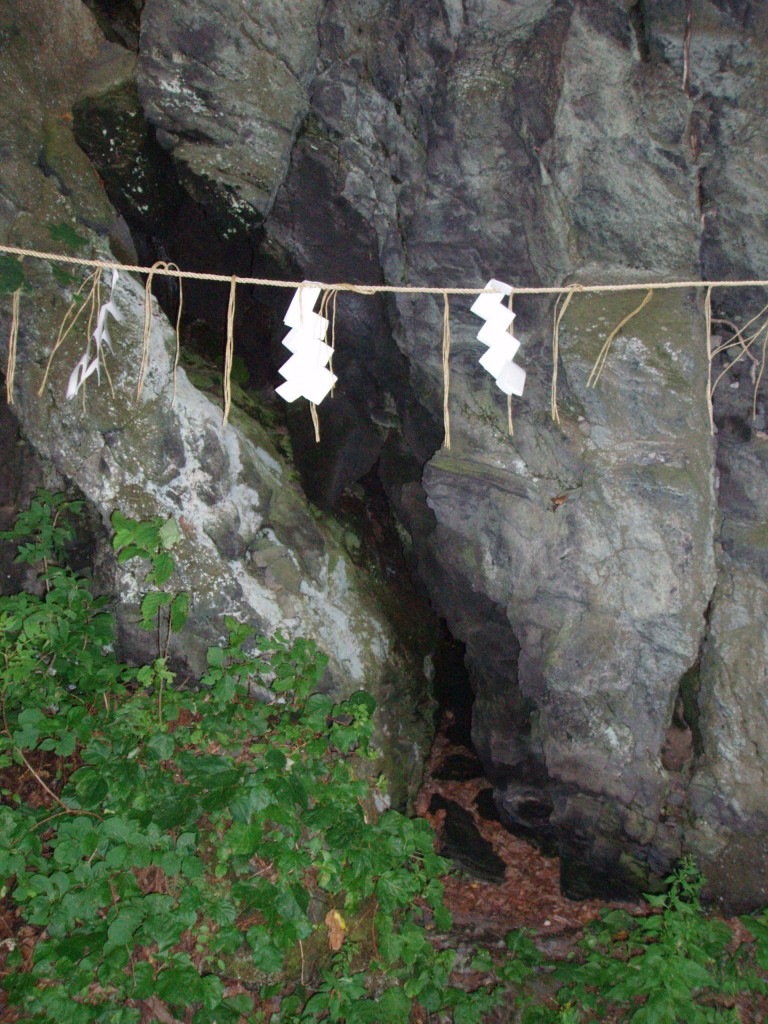 He was sensitive enough to feel the natural vibrating energy; when he sensed the incredible energy coming out of such a ‘purified’ place for the first time, he looked greatly surprised, just asking “why …. why … why…”
He was sensitive enough to feel the natural vibrating energy; when he sensed the incredible energy coming out of such a ‘purified’ place for the first time, he looked greatly surprised, just asking “why …. why … why…”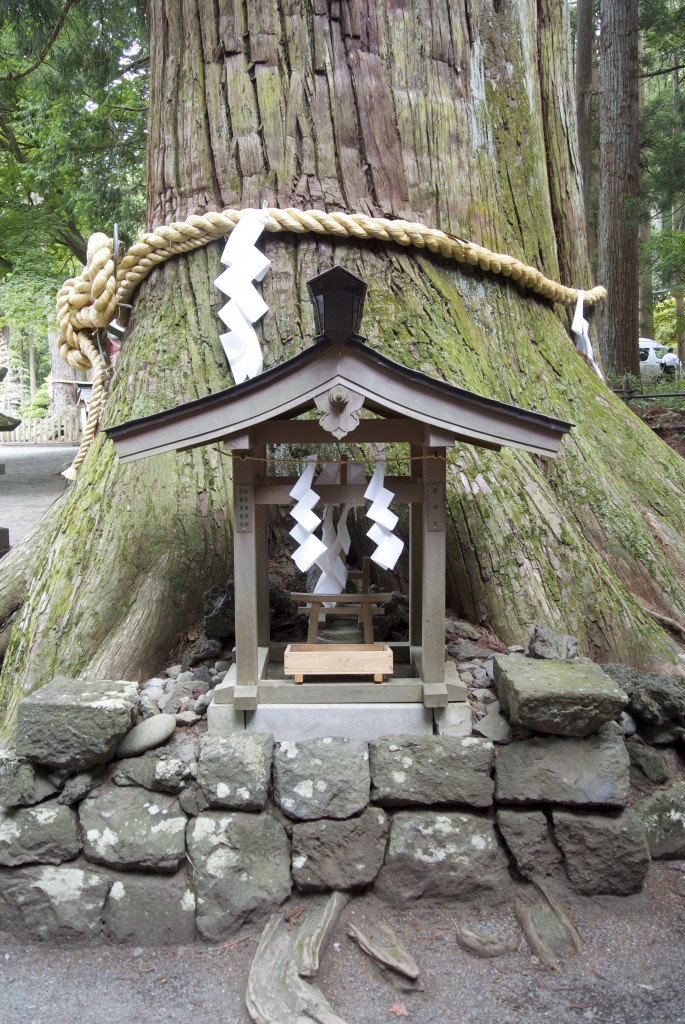
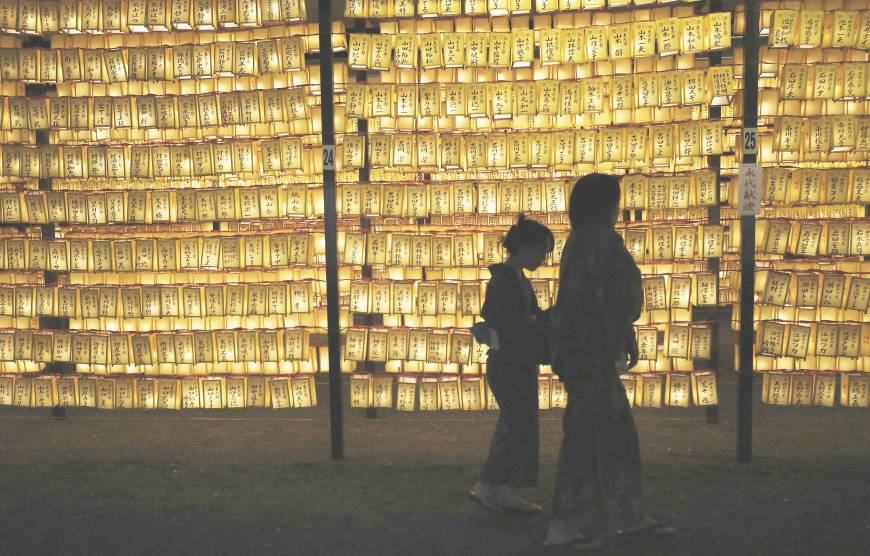
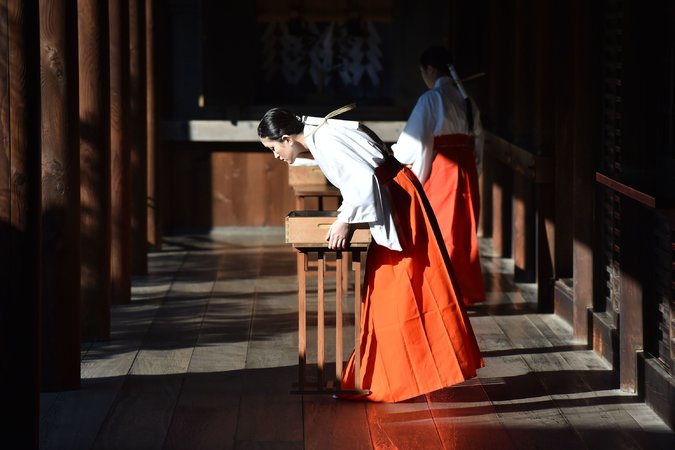

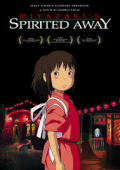
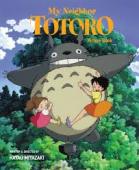
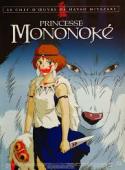
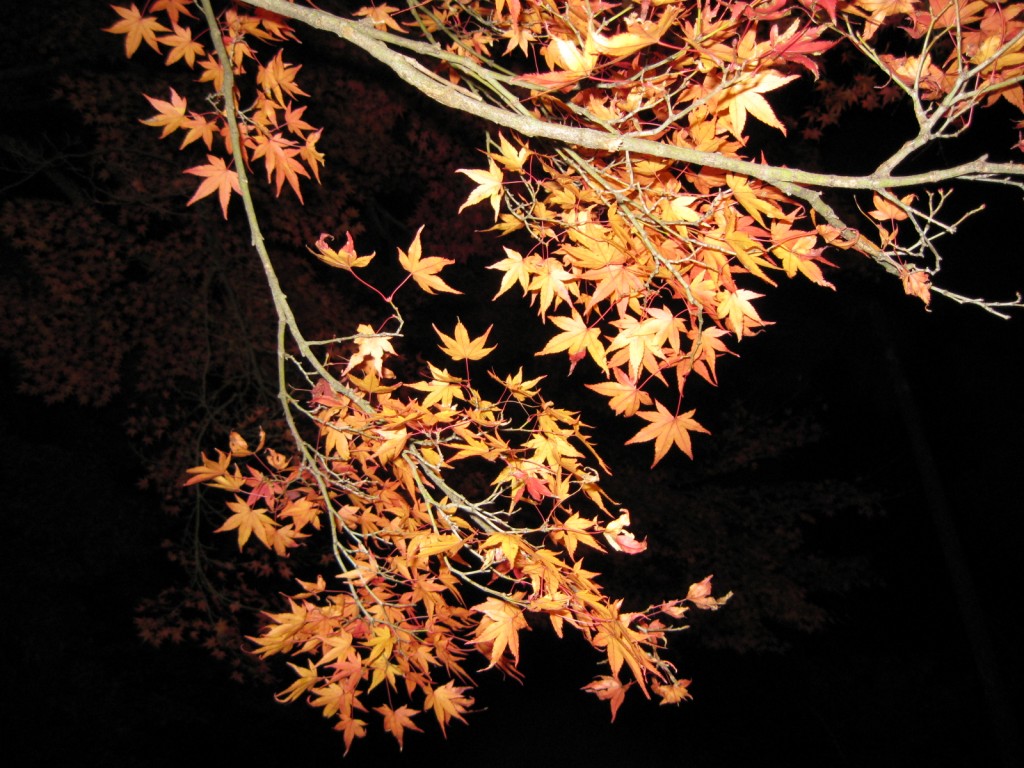
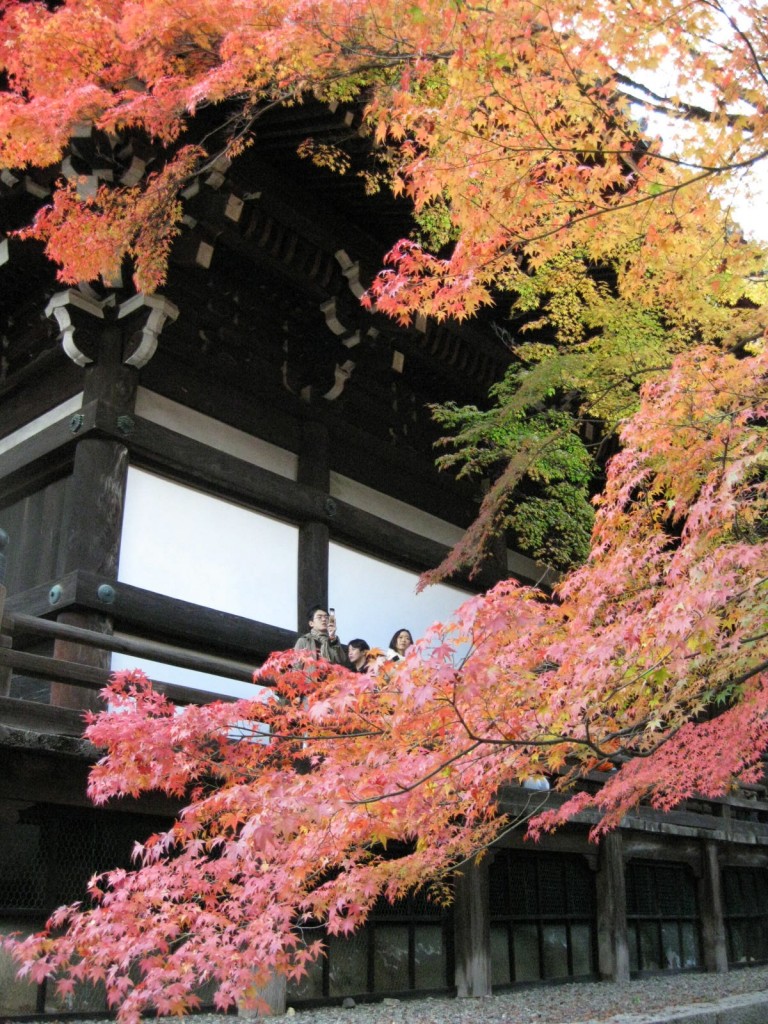 In public Christianity denounces astrology, but many ancient churches from Canterbury to Chartres are full of astrological symbols, and most are built according to an astronomical orientation which is as exact as that of an Egyptian temple. Christian archangels are routinely represented as the great spirits of the heavenly bodies – St Michael being the Archangel of the Sun, for instance, and Gabriel the Archangel of the Moon.
In public Christianity denounces astrology, but many ancient churches from Canterbury to Chartres are full of astrological symbols, and most are built according to an astronomical orientation which is as exact as that of an Egyptian temple. Christian archangels are routinely represented as the great spirits of the heavenly bodies – St Michael being the Archangel of the Sun, for instance, and Gabriel the Archangel of the Moon.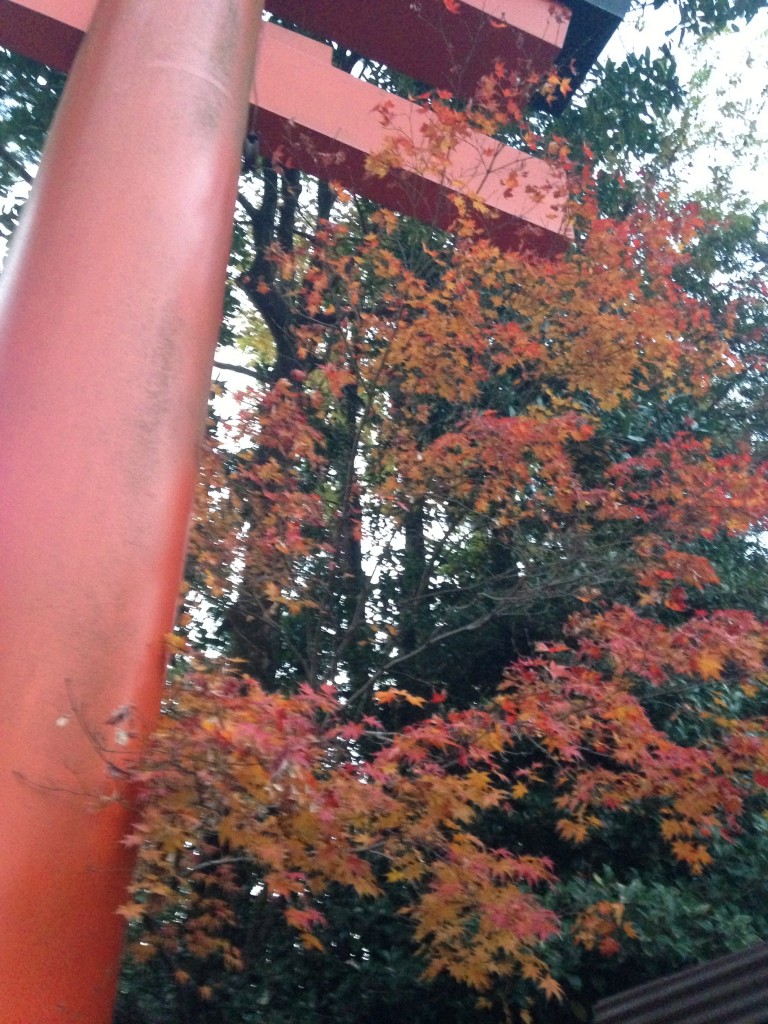 As the mid-point between the autumn equinox and the winter solstice, Halloween traditionally marks the beginning of winter. The spirits that flow first and more easily through the opening of the great cosmic door at this time are the spirits of the dead. Goblins, ghosts and the spirits of the dead are the lowest denizens of the spirit worlds.
As the mid-point between the autumn equinox and the winter solstice, Halloween traditionally marks the beginning of winter. The spirits that flow first and more easily through the opening of the great cosmic door at this time are the spirits of the dead. Goblins, ghosts and the spirits of the dead are the lowest denizens of the spirit worlds.